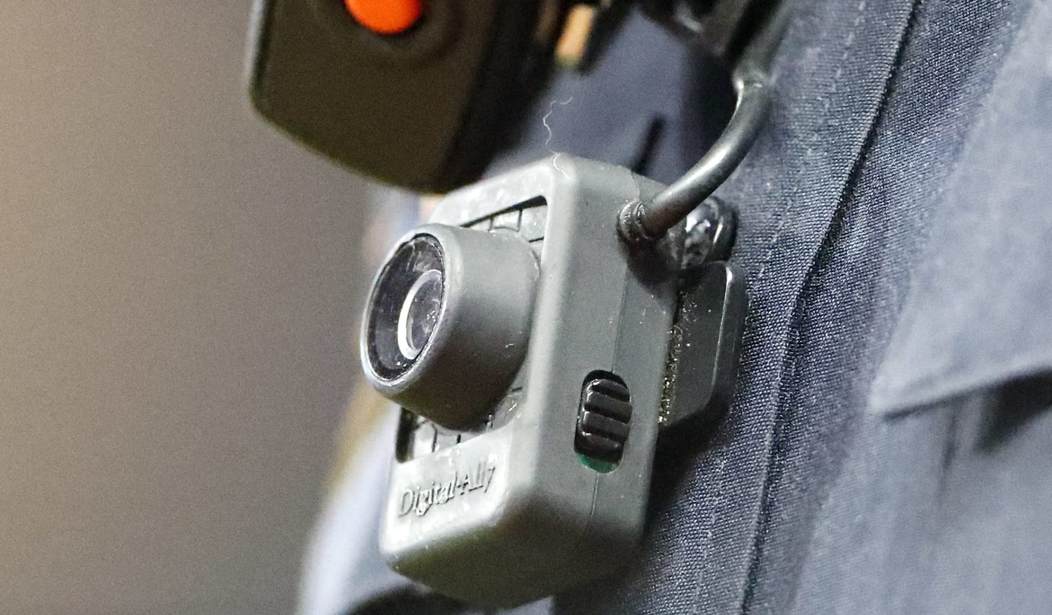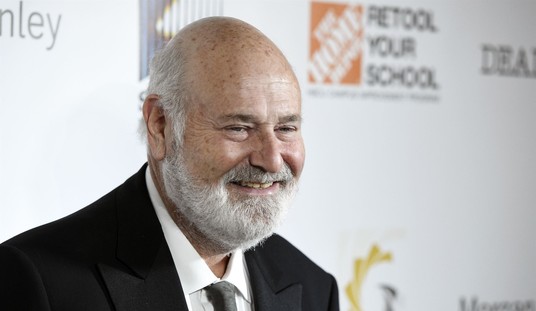Like the cellphone that liberates you from your office while also permanently tethering you to it, video cameras have been both a blessing and a curse to America’s police officers. In recent months we’ve seen incidents in which officers accused of misconduct were vindicated by video captured by body-worn or in-car cameras. In May, for example, the president of the Timmonsville, South Carolina chapter of the NAACP took to Facebook to allege that a police officer in that city had racially profiled him and spoke to him discourteously during a traffic stop. But the police video of the encounter revealed he had, to understate things considerably, embellished the details.
Also in May, a woman stopped by an officer with the Texas Department of Public Safety made the shocking claim that the trooper sexually assaulted her in the course of arresting her for drunk driving. The officer’s video showed she had fabricated the whole thing.
But some cops are finding that the tools that can save you can also take you down. In Lorain, Ohio, a police officer was fired after stopping and detaining his daughter and her boyfriend without legal cause. The footage captured on the squad car’s dash camera showed that the officer, a 26-year veteran, allowed his fatherly concerns for his daughter to cloud his professional judgment.
Sometimes, however, police video can be used unscrupulously, generating controversy where none ought to exist. Such was the case in Roswell, Georgia, north of Atlanta, where two police officers have been fired over some innocent frivolity that was captured on body-worn cameras. The footage was obtained by a local news station, which aired it in a sensationalized “investigative report” as though it had uncovered some major scandal. It was no such thing.
Here’s what happened. Last April, Roswell P.D. Officer Courtney Brown was driving in a marked cruiser along Route 92, a divided road with three lanes in each direction. It had just stopped raining and the street was wet, conditions that to a cautious driver would suggest a strict observation of the posted 45 mph speed limit.
As shown on the officer’s dashboard camera, a Mercury Sable passed the police car on the right at a speed that was clearly well above 45, prompting Brown to pull the car over. Driving the Mercury was Sarah Webb, a 24-year-old hairdresser, who told Brown she had been speeding because she was late for work. Other officers arrived at the scene of the stop, among whom was Kristee Wilson. As captured by Brown’s body camera, she and Wilson discussed the enforcement options available in dealing with the unsafe driver: a citation and release, or a custodial arrest.
Wilson’s cellphone had a “coin-toss” app, which, on an apparent lark, she used to aid in the decision. “Heads arrest, tails release,” Wilson says, but when the result came up tails, the officers arrested Webb anyway.
In other words, the “coin toss” was not the determining factor, or even a determining factor, in the decision to take Webb to jail. So dangerous was the woman’s driving, Brown believed, that the elements for reckless driving had been met and an arrest was the proper course to take. Indeed, elsewhere in the video Brown can be heard telling another officer that the speeder has to go to jail. Other officers may have made a different decision, but Brown’s was justifiable and entirely lawful.
What followed was some intra-departmental drama about which I can only speculate, but someone, presumably within the Roswell Police Department, tipped off a reporter at Atlanta’s WXIA television station, and inquiries to the department soon followed. When the station obtained the dashboard and body-camera footage, they played it as though they had uncovered serious corruption. When the story broke, the city’s police chief, Rusty Grant, did what police chiefs most often do. He cracked at the first sign of controversy and promised a “top down” assessment and brought in an outside consultant to audit the department.
I can’t imagine how much time and money were spent on all that assessing and auditing, but the chief should be embarrassed, and his officers should be horrified at having to work for someone so spineless.
All he needed to say was something like this: “I know the video doesn’t present the officers in the best light and we expect them to behave more professionally. But the woman caught speeding had endangered the lives of other motorists on Route 92 and may have caused a serious accident had she not been stopped. The arrest was proper, and while the use of the ‘coin-toss’ app was, again, unprofessional, it did not influence the officers’ decision.”
And that would have ended it. But to make such a statement would have required courage, a quality often lacking in the upper ranks of most police departments. Instead, he donned the sackcloth and ashes, poured money down the drain on consultants and audits, and fired two police officers for conduct that merited no more than a talking-to from their sergeant. Compounding the injustice, the charges against the speeding driver were dropped, this despite the fact that her reckless driving was, like the “coin toss,” caught on video. Predictably, the media made her a martyr.
This incident reminds all police officers to be circumspect in their speech and behavior while the cameras and microphones are on. I am fortunate to have spent most of my career with the Los Angeles Police Department in the days before ever-present video cameras, and I can only imagine how much trouble I would have been in had my every off-color joke or flippant remark been recorded for posterity. Those two officers in Roswell got a raw deal. I hope they have a good lawyer.










Join the conversation as a VIP Member